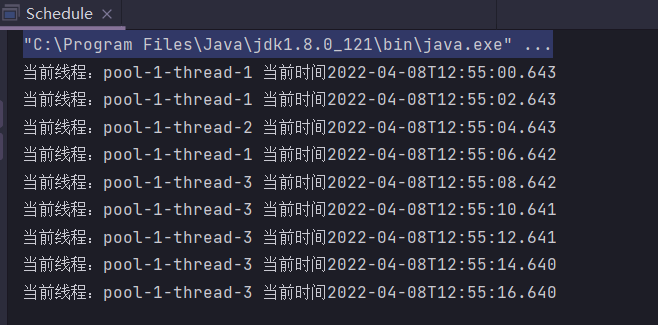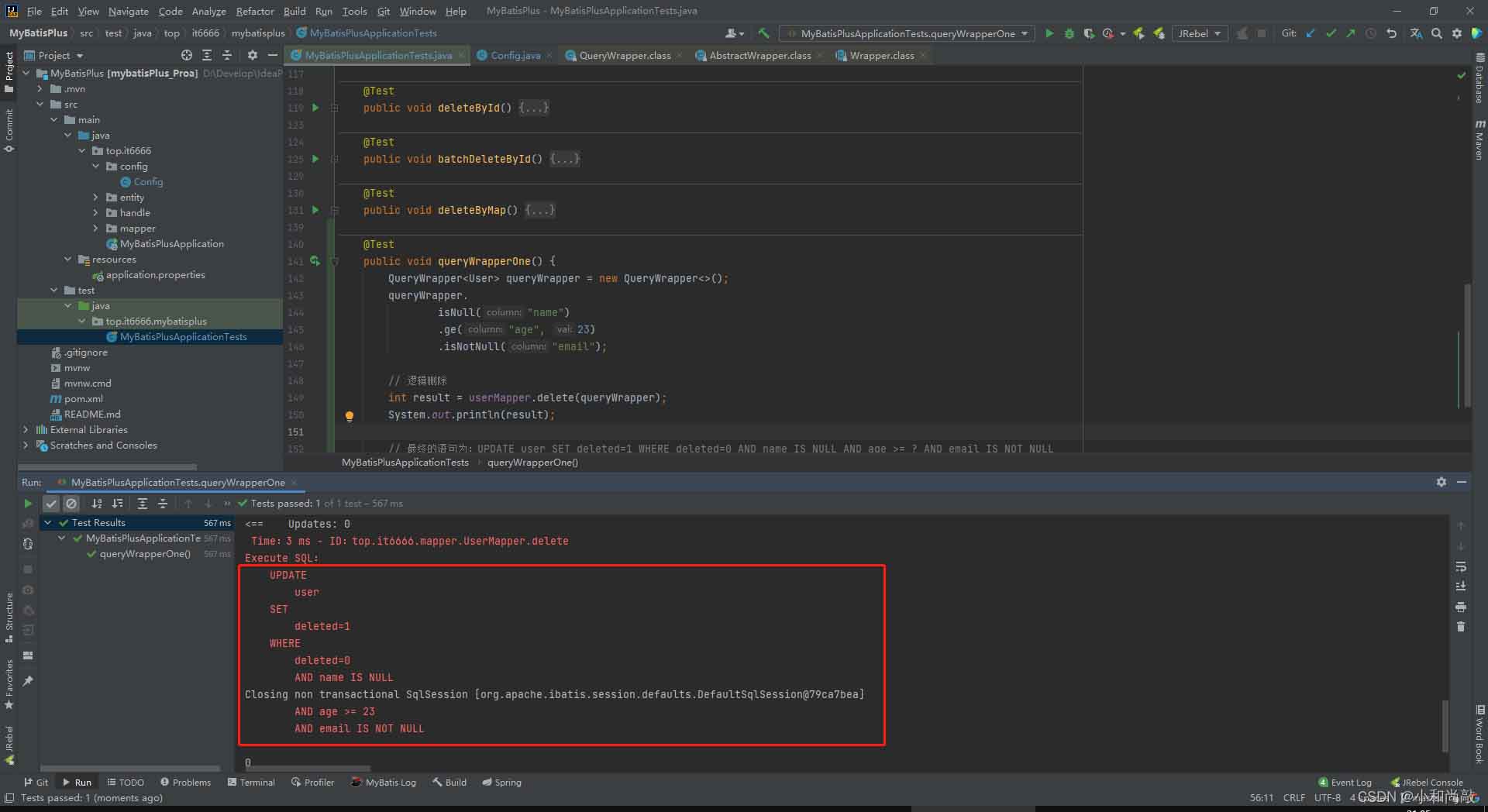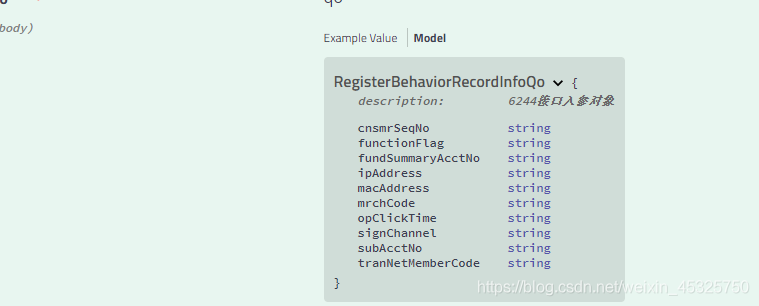这篇文章主要介绍了Java正则表达式APIMatcher类方法,对Matcher类的一些有用方法进行功能对它们进行分组展开介绍,需要的朋友可以参考一下
一、Pattern.DOTALL
默认情况下,当我们使用“.”时表达式中,我们将匹配输入字符串中的每个字符,直到遇到新行字符。
使用此标志,匹配也将包括行终止符。我们将通过以下示例更好地理解。这些例子将略有不同。由于我们感兴趣的是针对匹配的字符串进行断言,因此我们将使用matcher的group方法来返回之前的匹配。
首先,我们将看到默认行为:
@Test
public void givenRegexWithLineTerminator_whenMatchFails_thenCorrect() {
Pattern pattern = Pattern.compile("(.*)");
Matcher matcher = pattern.matcher(
"this is a text" + System.getProperty("line.separator")
+ " continued on another line");
matcher.find();
assertEquals("this is a text", matcher.group(1));
}正如我们所看到的,只有行终止符之前输入的第一部分匹配。
现在在dotall模式下,包括行终止符在内的整个文本都将匹配:
@Test
public void givenRegexWithLineTerminator_whenMatchesWithDotall_thenCorrect() {
Pattern pattern = Pattern.compile("(.*)", Pattern.DOTALL);
Matcher matcher = pattern.matcher(
"this is a text" + System.getProperty("line.separator")
+ " continued on another line");
matcher.find();
assertEquals(
"this is a text" + System.getProperty("line.separator")
+ " continued on another line", matcher.group(1));
}我们还可以使用嵌入的标志表达式来启用dotall模式:
@Test
public void givenRegexWithLineTerminator_whenMatchesWithEmbeddedDotall
_thenCorrect() {
Pattern pattern = Pattern.compile("(?s)(.*)");
Matcher matcher = pattern.matcher(
"this is a text" + System.getProperty("line.separator")
+ " continued on another line");
matcher.find();
assertEquals(
"this is a text" + System.getProperty("line.separator")
+ " continued on another line", matcher.group(1));
}二、Pattern.LITERAL
在此模式下,matcher对任何元字符、转义字符或正则表达式语法都没有特殊意义。如果没有此标志,匹配器将根据任何输入字符串匹配以下正则表达式:
@Test
public void givenRegex_whenMatchesWithoutLiteralFlag_thenCorrect() {
int matches = runTest("(.*)", "text");
assertTrue(matches > 0);
}
这是我们在所有示例中看到的默认行为。但是,使用此标志时,将找不到匹配项,因为匹配器将查找(.*),而不是解释它:
@Test
public void givenRegex_whenMatchFailsWithLiteralFlag_thenCorrect() {
int matches = runTest("(.*)", "text", Pattern.LITERAL);
assertFalse(matches > 0);
}现在,如果我们添加所需的字符串,测试将通过:
@Test
public void givenRegex_whenMatchesWithLiteralFlag_thenCorrect() {
int matches = runTest("(.*)", "text(.*)", Pattern.LITERAL);
assertTrue(matches > 0);
}没有用于启用文字分析的嵌入标志字符。
三、Pattern.MULTILINE
默认情况下,^和$元字符分别在整个输入字符串的开头和结尾绝对匹配。匹配器忽略任何行终止符:
@Test
public void givenRegex_whenMatchFailsWithoutMultilineFlag_thenCorrect() {
int matches = runTest(
"dog$", "This is a dog" + System.getProperty("line.separator")
+ "this is a fox");
assertFalse(matches > 0);
}匹配失败,因为匹配器在整个字符串的末尾搜索dog,但狗出现在字符串第一行的末尾。
然而,有了这个标志,同样的测试也会通过,因为匹配器现在考虑了行终止符。因此,字符串dog正好在行终止之前找到,因此成功:
@Test
public void givenRegex_whenMatchesWithMultilineFlag_thenCorrect() {
int matches = runTest(
"dog$", "This is a dog" + System.getProperty("line.separator")
+ "this is a fox", Pattern.MULTILINE);
assertTrue(matches > 0);
}以下是嵌入式标志版本:
@Test
public void givenRegex_whenMatchesWithEmbeddedMultilineFlag_
thenCorrect() {
int matches = runTest(
"(?m)dog$", "This is a dog" + System.getProperty("line.separator")
+ "this is a fox");
assertTrue(matches > 0);
}四、Matcher类方法
在本节中,我们将研究Matcher类的一些有用方法。为了清晰起见,我们将根据功能对它们进行分组。
索引方法
索引方法提供有用的索引值,精确显示在输入字符串中找到匹配项的位置。在下面的测试中,我们将确认输入字符串中dog匹配的开始和结束索引:
@Test
public void givenMatch_whenGetsIndices_thenCorrect() {
Pattern pattern = Pattern.compile("dog");
Matcher matcher = pattern.matcher("This dog is mine");
matcher.find();
assertEquals(5, matcher.start());
assertEquals(8, matcher.end());
}Study方法
Study方法遍历输入字符串并返回一个布尔值,指示是否找到该模式。常用的是matches和lookingAt方法。
matches和lookingAt方法都试图根据模式匹配输入序列。不同之处在于,匹配需要匹配整个输入序列,而lookingAt则不需要。
这两种方法都从输入字符串的开头开始:
@Test
public void whenStudyMethodsWork_thenCorrect() {
Pattern pattern = Pattern.compile("dog");
Matcher matcher = pattern.matcher("dogs are friendly");
assertTrue(matcher.lookingAt());
assertFalse(matcher.matches());
}matches方法将在如下情况下返回true:
@Test
public void whenMatchesStudyMethodWorks_thenCorrect() {
Pattern pattern = Pattern.compile("dog");
Matcher matcher = pattern.matcher("dog");
assertTrue(matcher.matches());
}Replacement方法
Replacement方法可用于替换输入字符串中的文本。常见的是replaceFirst和replaceAll。
replaceFirst和replaceAll方法替换与给定正则表达式匹配的文本。正如其名称所示,replaceFirst替换第一个引用,replaceAll替换所有引用:
@Test
public void whenReplaceFirstWorks_thenCorrect() {
Pattern pattern = Pattern.compile("dog");
Matcher matcher = pattern.matcher(
"dogs are domestic animals, dogs are friendly");
String newStr = matcher.replaceFirst("cat");
assertEquals(
"cats are domestic animals, dogs are friendly", newStr);
}替换所有引用:
@Test
public void whenReplaceAllWorks_thenCorrect() {
Pattern pattern = Pattern.compile("dog");
Matcher matcher = pattern.matcher(
"dogs are domestic animals, dogs are friendly");
String newStr = matcher.replaceAll("cat");
assertEquals("cats are domestic animals, cats are friendly", newStr);
}
replaceAll方法允许我们用相同的替换替换所有匹配项。
到此这篇关于Java正则表达式API Matcher类方法的文章就介绍到这了,更多相关Java正则表达式 内容请搜索编程学习网以前的文章希望大家以后多多支持编程学习网!
本文标题为:Java正则表达式API Matcher类方法


基础教程推荐
- Java中EnvironmentAware 接口的作用 2023-01-23
- JavaWeb 实现验证码功能(demo) 2024-04-14
- 运用El表达式截取字符串/获取list的长度实例 2023-08-01
- Java编写实现窗体程序显示日历 2023-01-02
- Java+mysql实现学籍管理系统 2023-03-16
- 使用Java和WebSocket实现网页聊天室实例代码 2024-02-25
- JSP 动态树的实现 2023-12-17
- 深入理解约瑟夫环的数学优化方法 2024-03-07
- springboot下使用shiro自定义filter的个人经验分享 2024-02-27
- 是否适合从javabean类更新数据库? 2023-11-04

















